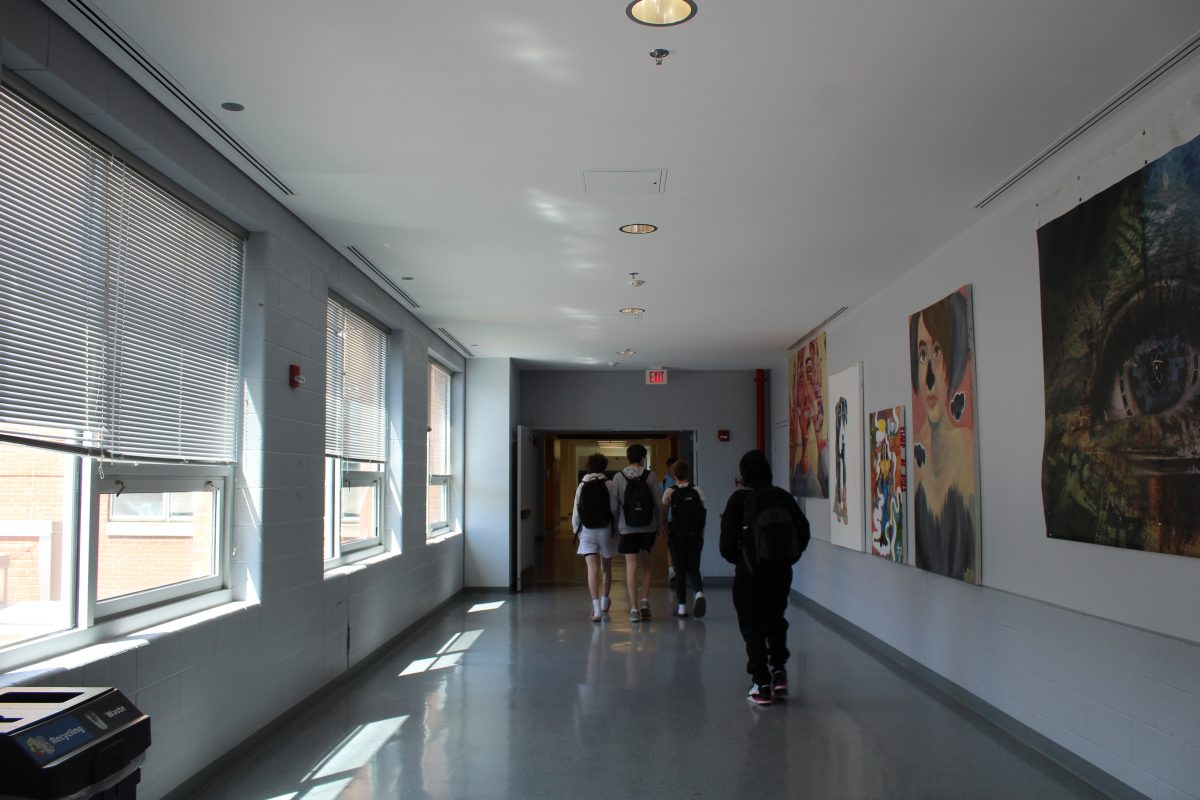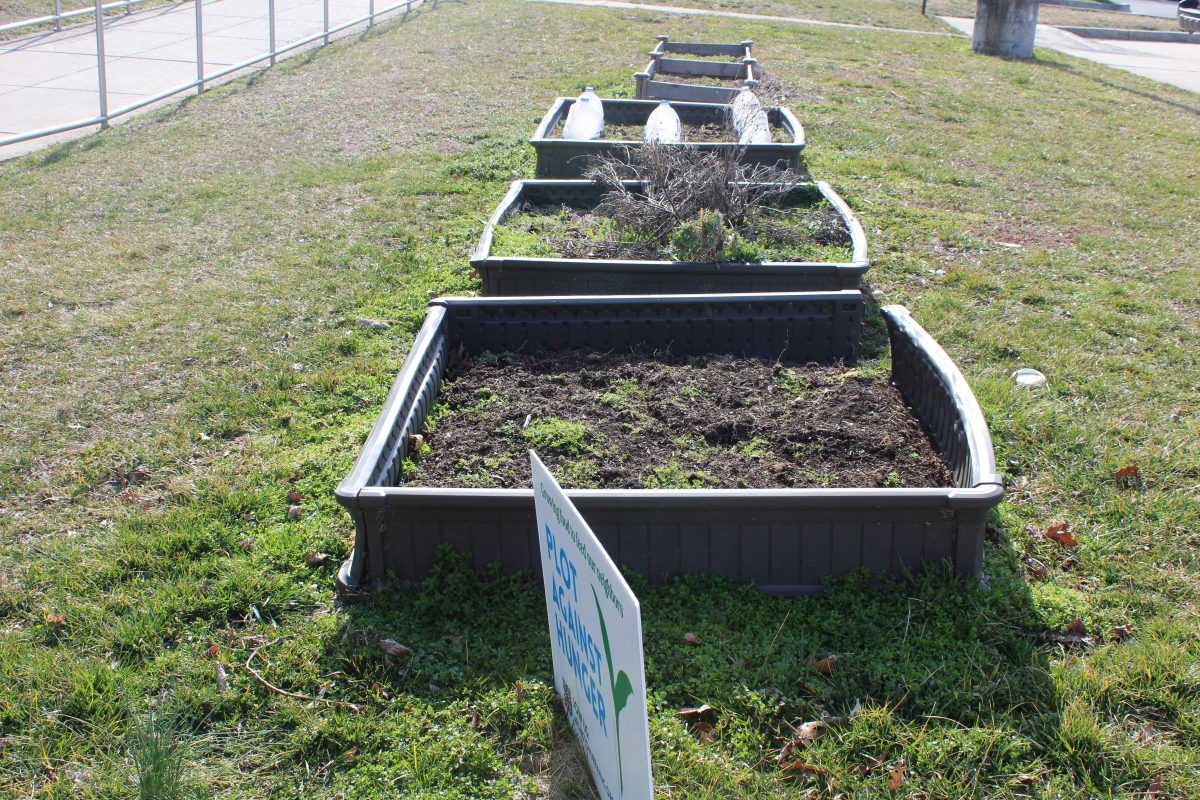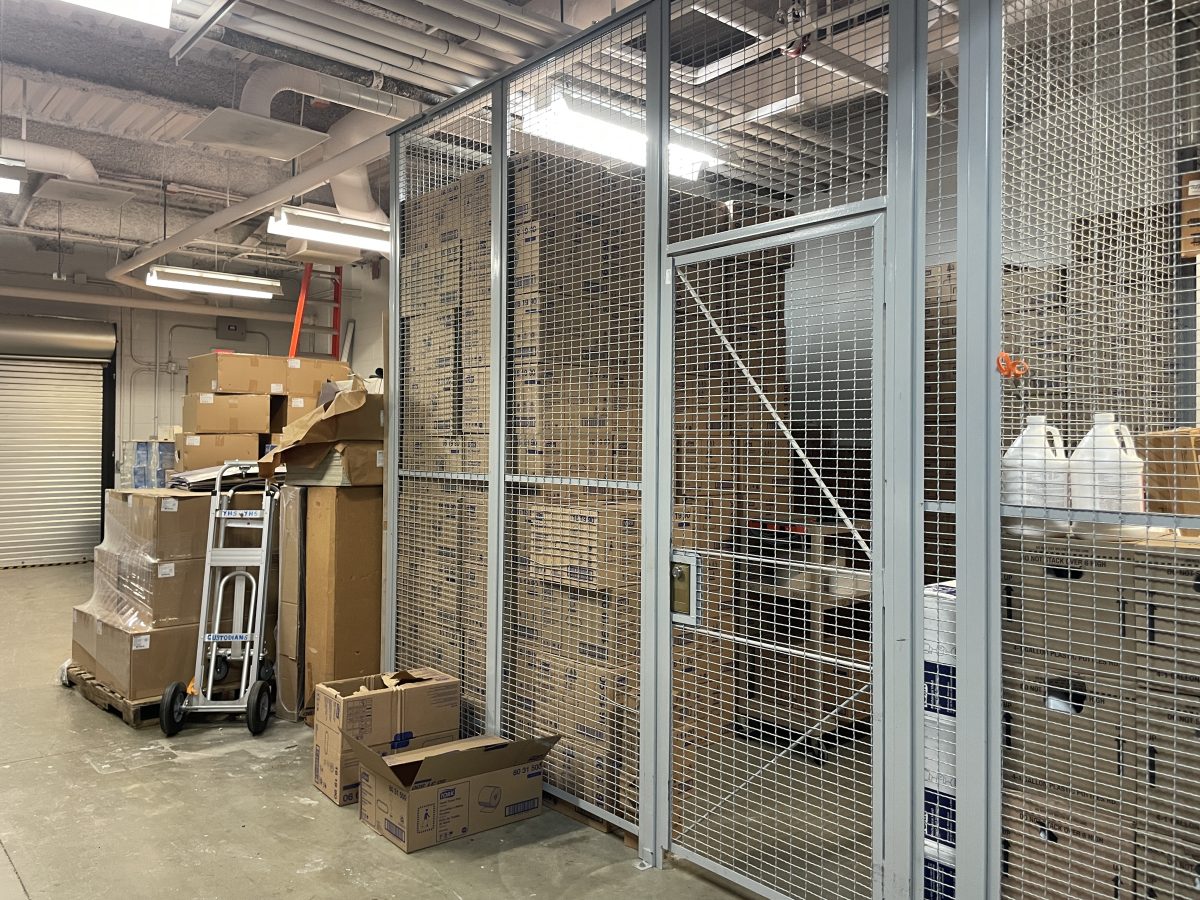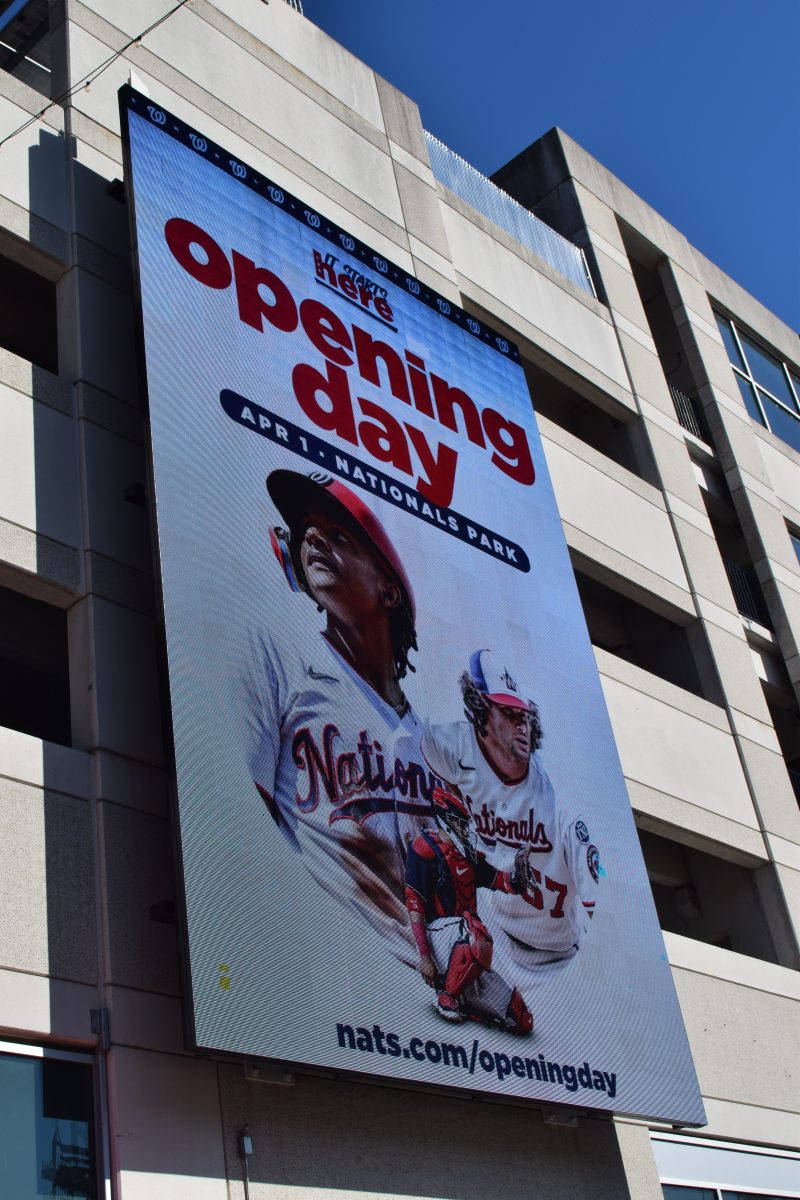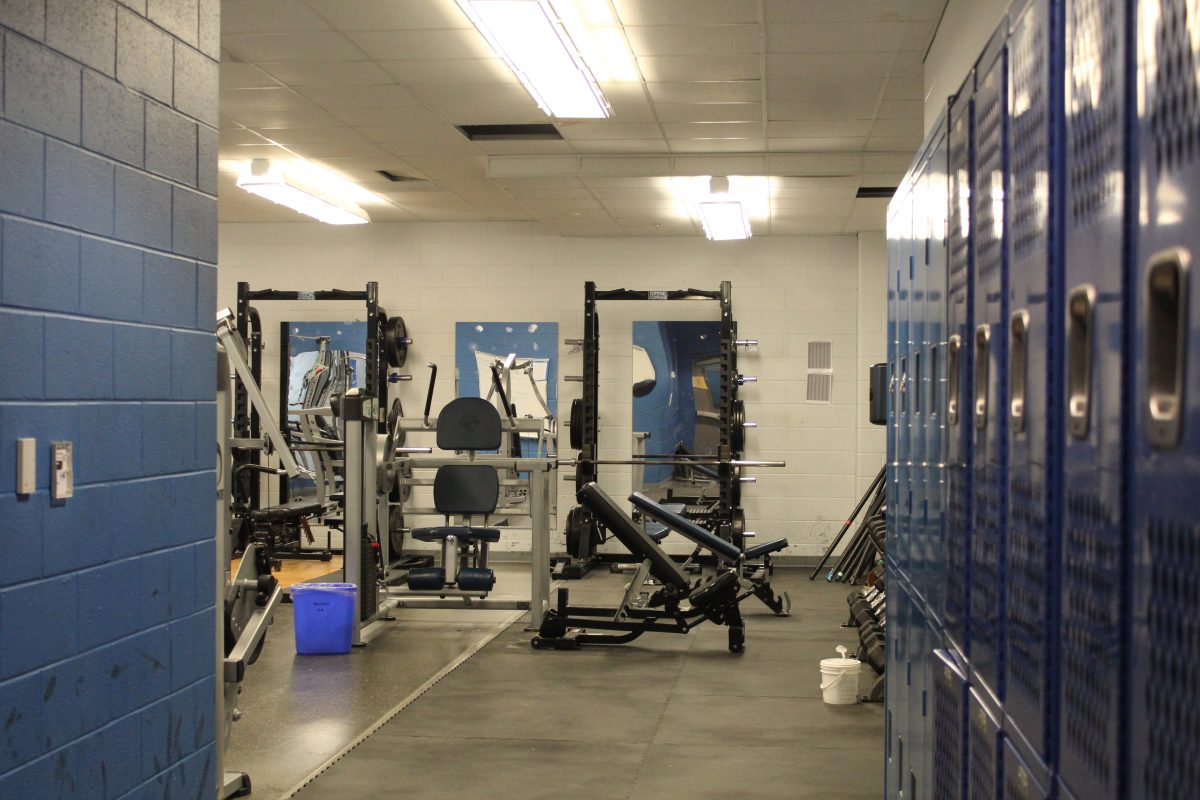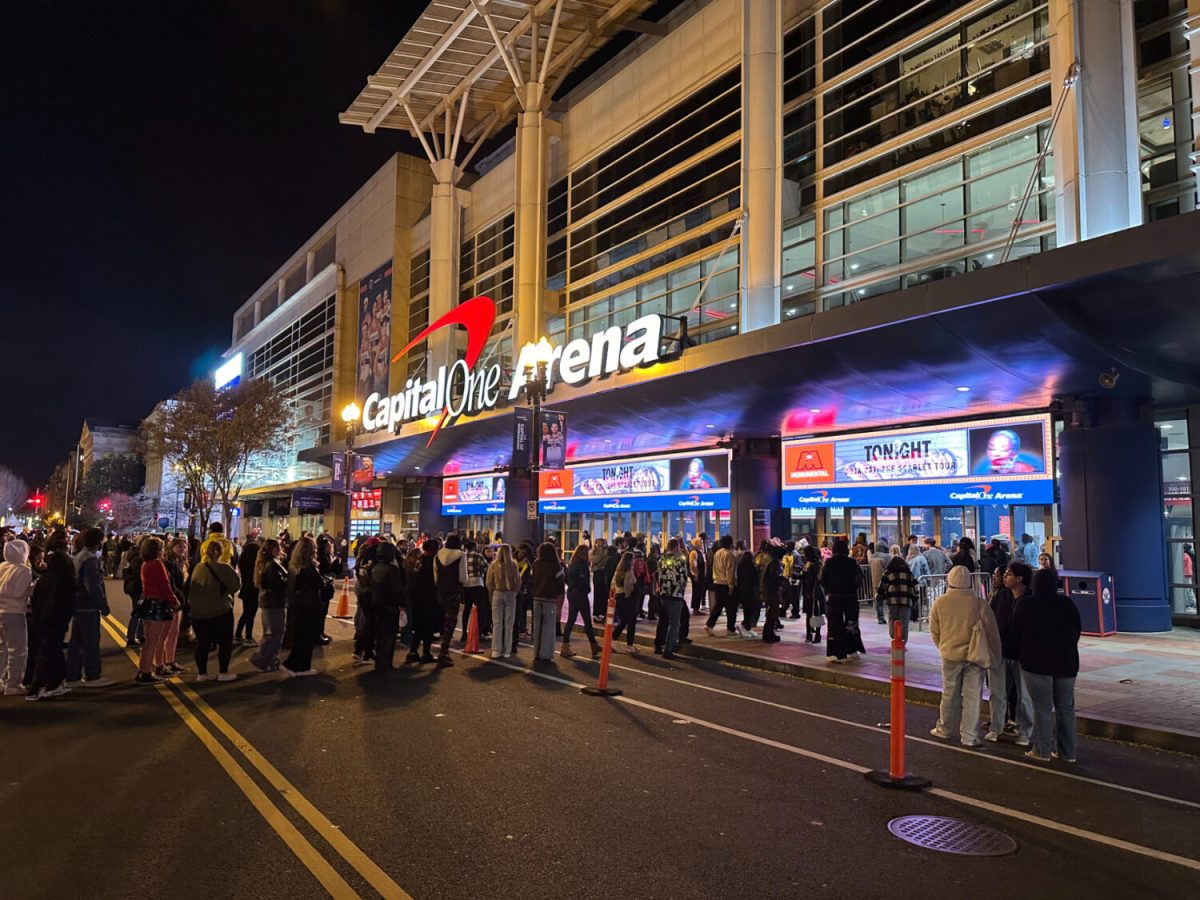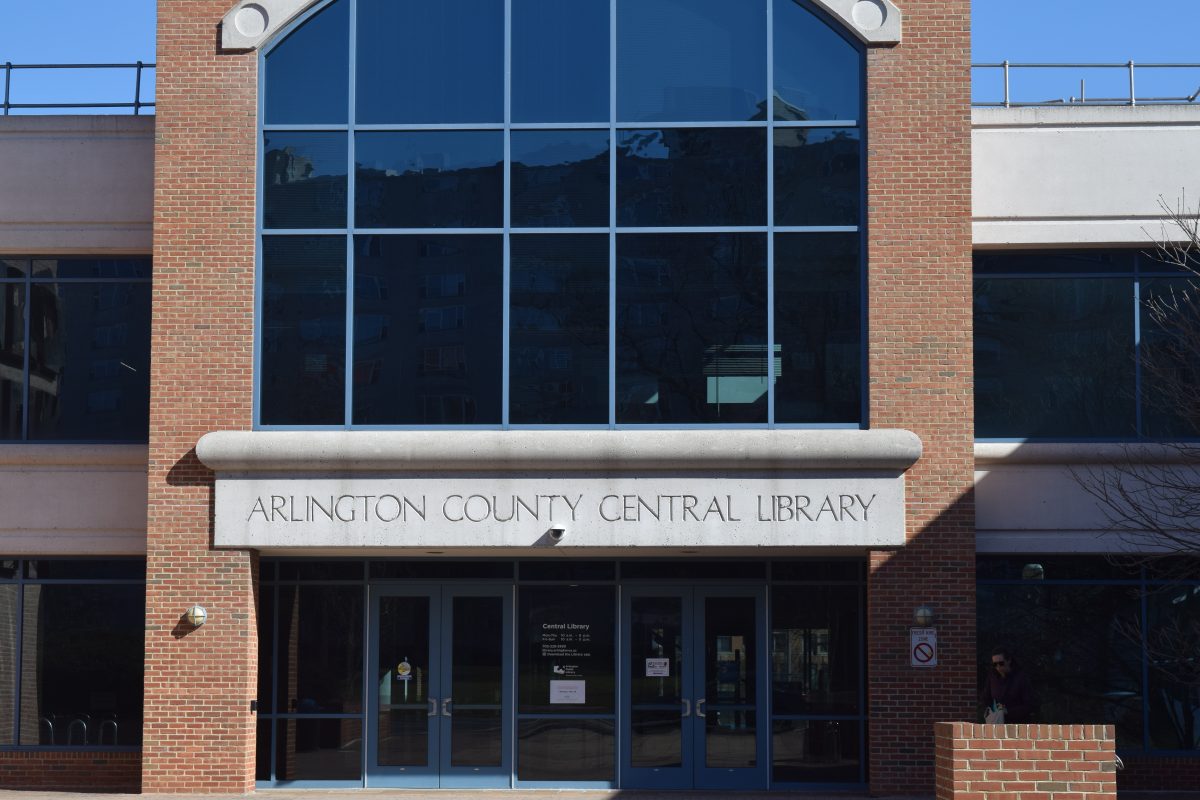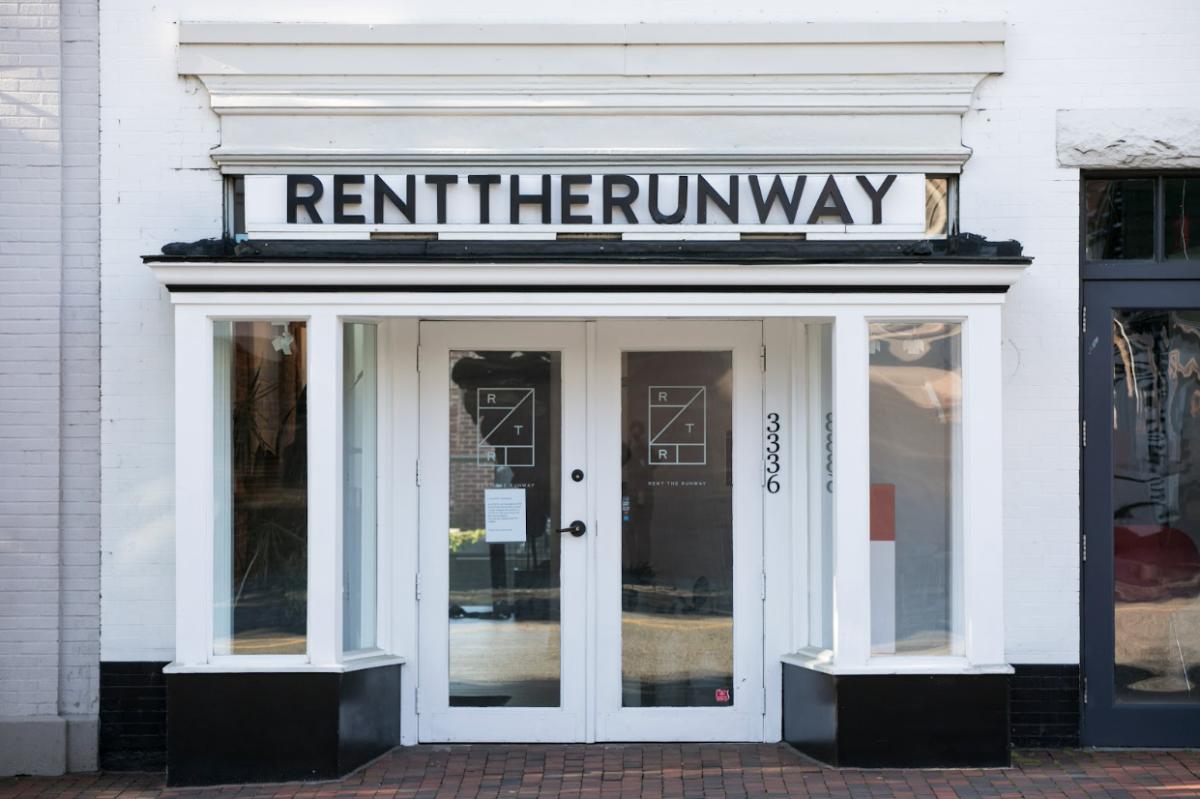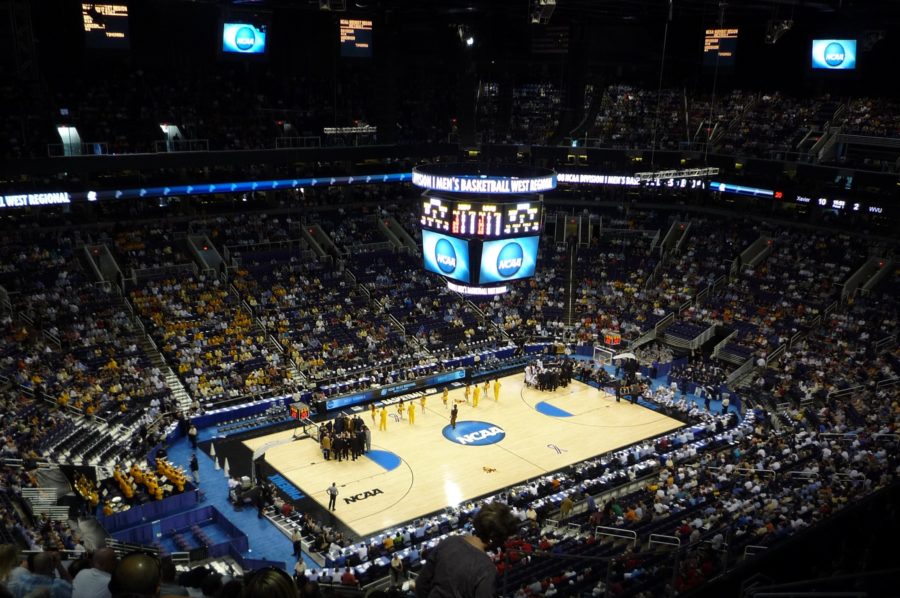Arlington is suburbia dreamland. Its 26 square miles are covered by large single-family homes, strip malls and office buildings. Yet yellow yard signs plastered across northern Arlington hint towards conflict—a conflict which some argue threatens that dreamland character of Arlington altogether.
Those yellow signs often contain messages reading ‘No 2-8 unit (buildings) here’ or ‘Stop Upzoning Now.’ They reference a policy first proposed in October 2020 by the Arlington County Board titled the Missing Middle Housing Initiative (MMHI).
The MMHI is a proposal designed by Housing Arlington, a county program focused on land use and housing policy, as an attempt to keep property in Arlington attainable to middle class households by increasing housing stock.
“We need to find creative ways to add to the housing supply and give people more choices. That is the biggest goal of the MMHI,” County Board Chair Katie Cristol said.
Cristol believes it is necessary to increase housing stock. She claims Arlington is in the midst of a national, regional and local housing crisis. As a result of this crisis, the average price of a single family home in Arlington has risen 45% over the last decade.
The theory behind the MMHI asserts that if the housing stock, or housing supply, is increased, demand pressure on the housing market will be relieved. As housing becomes less scarce, prices will become more attainable.
“It’s simple economics,” County Board Member Libby Garvey said in a September community discussion.
The MMHI aims to increase housing stock and vary the types of housing available by allowing the development of ‘Missing Middle Housing’ types in areas previously zoned exclusively for single-family homes. Currently, 6% of housing units in Arlington are Missing Middle housing types, whereas 24% of housing units are detached single family homes.
The phrase ‘Missing Middle Housing’ does not refer to a particular program or support system, nor is it aimed towards a specific group of people. It is a term used to describe a variety of multi-unit housing types which conform to the scale of single-family neighborhoods. Arlington’s plan would allow duplexes, townhouses and multiplexes with up to eight units in most residential neighborhoods.
“If what we really wanted to do was add as much housing as possible, we could legalize plunking down a 20 story building in the middle of a single family neighborhood. But, that’s really going to change what people love about their neighborhoods. It’s going to create a lot of impacts. The MMHI respects the scale of the neighborhood. The proposal that we’re considering right now mandates that anything built has to be within the footprint of a single family house. So it fits in with the look and feel [of the neighborhood],” Cristol said.
While the MMHI aims to lower the costs of housing in Arlington, it is not intended to be affordable housing. Arlington County statistics indicate that those with a household income of 110% to 120% of the county median (or roughly $135,000 to $150,000) could afford most Missing Middle Housing types. Additionally, households making 90% of the county median (or $108,000) would be able to afford the 6-8 unit multiplexes, which the framework would allow.
“It is so important to note that this is not about affordable housing. We have programs that make sure that there is high quality, stable housing, affordable to people who make less than half of the area median income. But, there’s a huge gap between people making 50% of the area median income and people making 300% of the area median income. The latter is the only group that can afford the new houses being built. So the MMHI serves the goal of both offering choices and offering not necessarily capital ‘A’ capital ‘H’ affordable housing, but housing that is attainable to a group of people that are not being served by the Arlington market right now,” Cristol said.
While many Arlingtonians support the plan, others believe that the plan will change the character of their neighborhoods, put strain on existing infrastructure and create negative environmental impacts.
“There will be an increase in classroom size, decreases in green space and tree canopy … traffic will drastically increase, and there are issues with water runoff and general infrastructure,” Arlington resident and member of the anti-MMHI group Arlingtonians for Upzoning Transparency Dave Gerk said.
Most of those opposed to the MMHI are concerned that increased density in residential areas will push urbanity upon their neighborhoods and schools, which were once considered suburban oases. Residents in Arlington feel as though the county’s slow, quiet character they love is threatened. Common rhetoric around the potential of the MMHI’s impact, however, often lacks statistical foundation.
County research indicates that roughly 20 lots in areas currently zoned for single family housing would be developed into ‘missing middle’ housing types each year across the county. In comparison, an estimated 170 new homes are constructed each year in Arlington. Additional data suggests that 9-13 more children will be brought into the APS school system each year as a result of the MMHI. Due to community concerns that the plan could become uncontrollable, however, the County Board is currently considering capping the number of lots turned into ‘missing middle housing’ types in areas currently zoned for single family housing at 20 per year.
Another issue on the forefront of this conflict is tree canopy restrictions. Many Arlingtonians are worried that the heavily shaded, tree-covered areas they love would be irreparably damaged by the MMHI.
“If I wanted to live in a crammed Manhattan apartment or lived in Washington, D.C., which has less green space and a more urban feel, I would have. But one of the things I love about my neighborhood is that blend of green space and urban feel. My neighborhood is known for that,” Gerk said.
The state of Virginia mandates that as housing density increases, tree canopy minimums decrease. While the implementation of the MMHI would not inherently lower tree coverage, Virginia’s tree canopy coverage requirement for developers would decrease from 20% to 10-15% for Missing Middle housing types.
Localities do not have the authority to mandate requirements higher than what Virginia requires.
“That is incredibly frustrating to us. We would love to be able to, at a minimum, say that if developers are going to build multiple units within the footprint of a single family home, they have to at least protect as much of the tree canopy or replant as they would with a single family home. Ideally, we’d be able to say more,” Cristol said.
A bill endorsed in the Arlington County legislative agenda allowing localities to require more tree canopy was introduced to the House of Delegates earlier this year. It was tabled in a subcommittee. Under the MMHI, tree canopy in Arlington’s residential areas is likely to drop by about 0.2 acres* per year.
Amongst yellow yard signs and heated community discussions over tree canopy, there seems to be a misunderstanding of the purpose of the MMHI in the first place. Many who oppose the plan, including leaders of the outspoken group Arlingtonians for Upzoning Transparency, were under the impression that the MMHI was intended to be an affordable housing program.
“[The MMHI] purports to provide affordable housing, but the statistics show that it will only create more housing that lower-income [families] cannot afford” Gerk said.
County officials want to stress that the MMHI is not designed to be affordable housing.
Misinformation like this has been spread across social media sites like Nextdoor and Facebook. Besides confusion regarding the plan’s purpose, community members have claimed that the MMHI would allow sixteen unit buildings or that developers are bribing county board members.
One social media user on Nextdoor suggested that an anonymous proponent of the MMHI was paying workers to remove signs with messages opposing the plan. Another had similar concerns regarding the removal of signs opposing the MMHI.
“There is a person, or persons, stealing and destroying signs that represent (views) opposing their side. (Their) intolerance is a show of weakness. We have nefarious people in Arlington,” the author said.
This spread of misinformation signals a sense of urgency within those opposing the plan. Many are unsure why the county board is so intent on passing the MMHI. With concerns like these left unanswered, many community members are upset that the County Board seems to be moving ahead in spite of their disapproval.
“There seems to be this rush to push (the MMHI) through. They haven’t explored other options. The county board is stubborn and wants to push this through,” Gerk said.
This is especially relevant within conversations around the upcoming election on November 8th; democratic County Board member Matt de Ferranti, who has hesitantly voiced support for the MMHI, will run against Audrey Clement, a candidate vehemently opposed to the plan.
The County Board will deliberate on the MMHI after the election, likely between November and January. Though the election next week could unseat one supporter, the remaining County Board members are likely to pass the plan regardless, holding at least a 4-1 majority.
While its effects will likely take years to be seen, the conflict taps into the heart of a growing conflict manifesting itself in several issues across the county. Right next to the nation’s capital, Arlington is a highly valuable location and urbanizing quickly. What was a discreet suburb in a prime location is suddenly a bustling urban sphere.
From the suburban rows of expensive single family homes in northern Arlington to the Richmond Highway Corridor, which will soon host one of the world’s largest companies, Arlington is changing. Residents and county officials alike are now forced to reckon with what this new Arlington will look like and what they want it to be.
*According to the Arlington General Land Use Plan, Arlington county measures 25.8 square miles, or 16,512 acres. The average single-family lot size in Arlington is 0.19 acres. With 20 new MMHI units per year, 4 additional acres would be affected by the Virginia policy on tree canopy requirements each year.
The single-family home requirement of 20% coverage currently means that those 4 acres are required to contain at least 0.8 acres of tree canopy coverage. If the homes became Missing Middle housing types, that number would become 0.6 acres due to the drop in canopy requirement from 20% to 15%, a decrease of 0.2 acres per year across the county.

